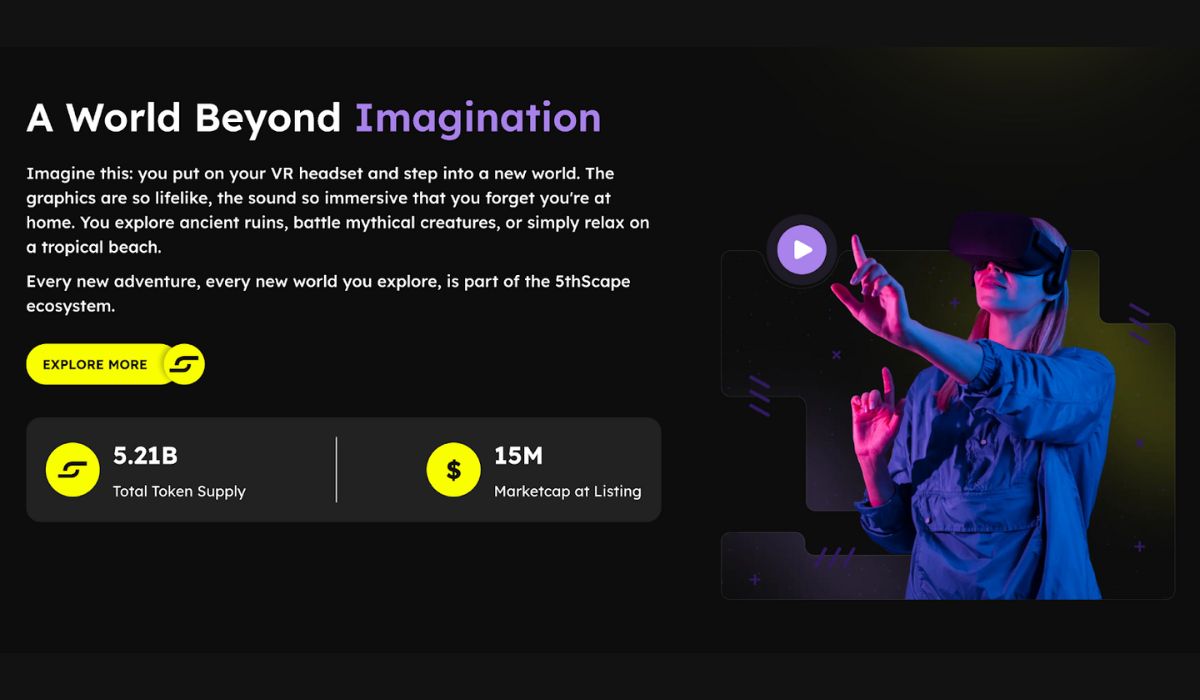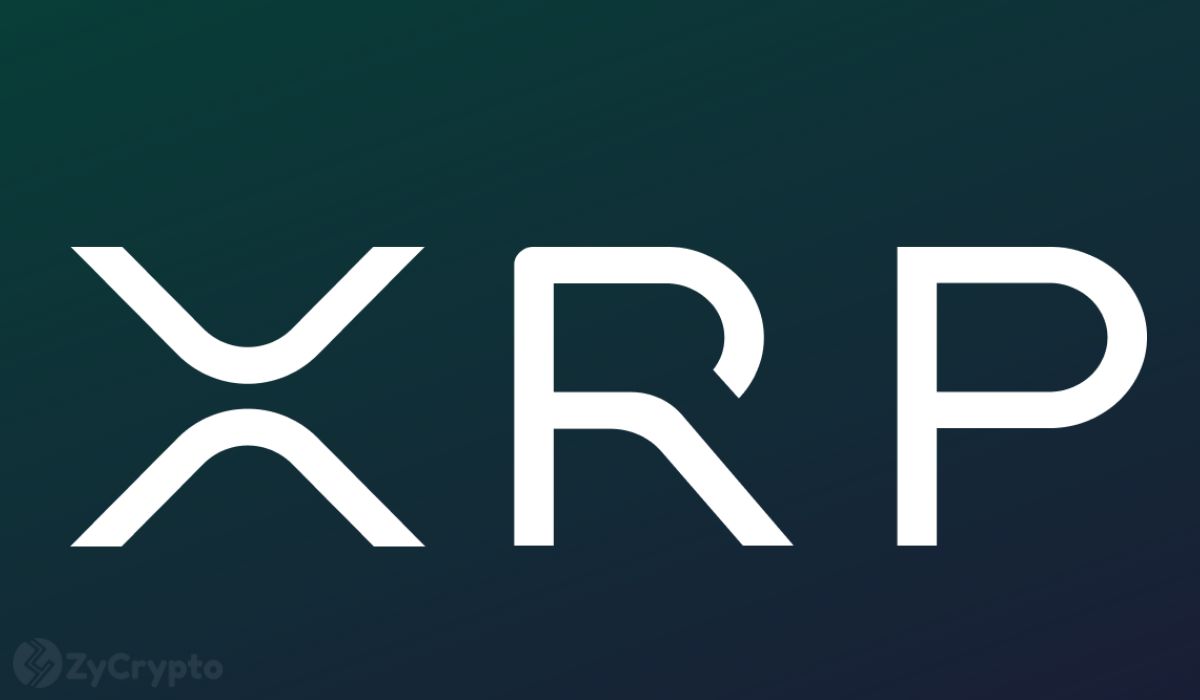ARTICLE AD BOX

- Cardano’s Charles Hoskinson proposes the Cardano network as a replacement for Solana and claims the existence of Leios and Hydra could improve scalability without disruption.
- His statement came after Coinbase CEO hinted that the existing infrastructure is failing to meet the skyrocketing demand.
The recent launch of the Official Trump coin (TRUMP) and Melania meme coin on Solana exposed the network to hitches, triggering criticisms and concerns among crypto users. As reported by CNF, TRUMP alone recorded a whopping $52 billion in trading volume while Melania had $3.77 billion in volume at press time.
Commenting on this, Cardano co-founder Charles Hoskinson has highlighted that the Cardano blockchain can handle volumes better than Solana. According to him, an unprecedented level of surges could be handled without disruption, thanks to its Leios and Hydra.
This is why Leios and Hydra were developed. Surges like these can be handled naturally and without disruption or added cost.
Leios is one of the proposed upgrades that is expected to significantly boost the throughput of the Cardano network. According to Hoskinson, a full deployment would improve the transaction speed, eclipsing the Solana network without compromising its decentralization.
Analyzing an earlier blog post, CNF discovered that the Ouroboros Leios protocol achieves its purpose by separating transaction validation from the creation of new blocks. This makes it easier for “input endorsers” to be introduced.
Hydra, which is expected to support Cardano to eclipse Solana, is also reported to be a scaling protocol that could be integrated by Decentralized Applications (DApps) and layer 2 chains. Currently, Hydra is being used in the Doom gaming test launched in December 2024 to test its capacity. As earlier reported by CNF, Hydra has reached 1 million transactions per second (TPS). Meanwhile, Hoskinson has hinted that this protocol would soon be integrated into real-world applications.
Solana’s (SOL) Scalability Concerns
Prior to Hoskinson’s remark, Coinbase CEO Brian Armstrong had posted to inform users that the team is working to scale the Solana infrastructure to meet the fast-rising demand. Additionally, Polygon Labs CEO Marc Boiron pointed out an issue with Moonpay and Jupiter transactions as he attempted to purchase the Melania Trump meme coin.
Never using Solana again.
Would be up 10x already on MELANIA but everything was broken.
– No Coinbase to Solana transfers could go through.
– No USDC transfers via Jupiter using CCTP could go through.
– No SOL purchases via Moonpay or Coinbase could go through.
– No Jupiter…— Degen CEO of Polygon Labs (※,※) (@0xMarcB) January 20, 2025
On January 6, a proposal dubbed “SIMD-215” was introduced to address the scalability problem in Solana. In the proposal, a “lattice-based homomorphic hashing function” was reportedly introduced to also change the way the blockchain monitors user accounts.
According to the report, this upgrade would scale Solana to billions of accounts and compute the “hash of all accounts” in practical time and space. Commenting on this, Solana Labs co-founder Anatoly Yakovenko disclosed that the existing method of proving new accounts is relatively expensive.
The problem comes down to this simple thing, new account creation has to actually create new accounts. This means that a new account has to prove that it is new somehow. This is trivial to do if the runtime has a full global index of all the accounts. But that kind of way of proving that the account is new is expensive, every node has to have a full index of all the accounts in the runtime.
Meanwhile, SOL managed to reach a new all-time high of $294 before receding to the current level of $260, per a CNF report.
[mcrypto id=”126000″].png)
 2 hours ago
2
2 hours ago
2








 English (US)
English (US)